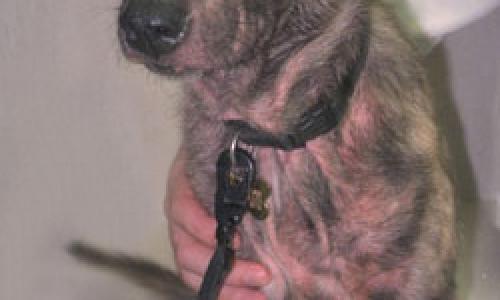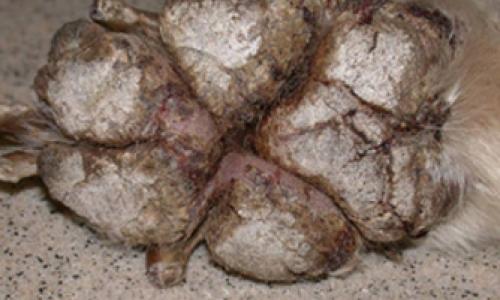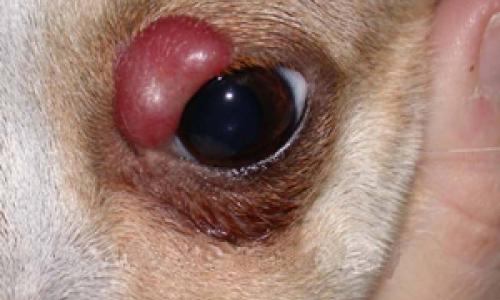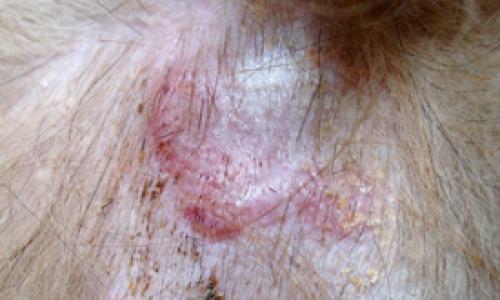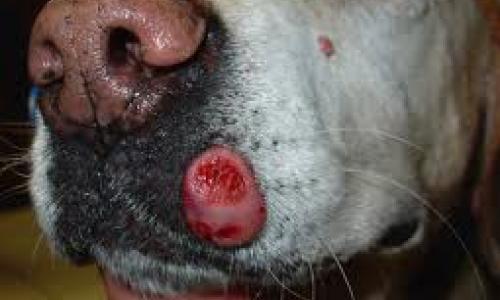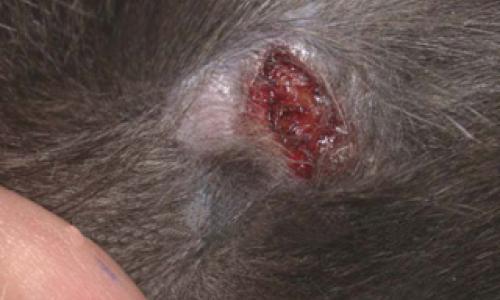Pet & Animal Disease Index
-
Flea Allergy Dermatitis
Animals that have flea allergy dermatitis are hypersensitive to the saliva a flea passes into the skin when it bites.
View disease -
Food Allergy
Ingredients in some pet foods may cause an allergic reaction in hypersensitive cats and dogs. Reactions are characterized by itching and/or gastrointestinal disorders, and are usually responses to a protein or carbohydrate source in the diet.
View disease -
Hepatocutaneous Syndrome
The skin lesions frequently occur in areas of trauma such as the muzzle, lower legs, and footpads. Lesions can also affect the mouth, ear flaps, elbows, and genitalia. Most lesions consist of crusting, erosions or ulcerations, but blisters may also occur.
View disease -
Histiocytoma
Usually a single, rapidly growing raised, round, hairless pink, red or ulcerated skin nodule. They occur most commonly on the head, ears and legs.
View disease -
Hot Spots
Hot spots start when a dog incessantly licks, chews or scratches a focal area of the body in response to a painful or itchy sensation. The result is a rapidly developing area of redness, hairloss, oozing and eroded skin that is often painful and infected with bacteria.
View disease -
Idiopathic Sterile Granuloma and Pyogranuloma
This disease can look identical to infectious diseases (bacterial, fungal), reactions to foreign material (example: foxtail), or some types of cancer.
View disease -
Juvenile Cellulitis
Initial signs include swelling of the face (eyelids, lips and muzzle) that progresses to draining pustules and crusts. The earflaps and ear canals are often swollen and ooze pus. The lymph nodes often become swollen, especially those behind the jaw.
View disease -
Mast Cell Tumors
Mast cell tumors are a malignant tumor that originate in the dermal layer of the skin. These tumors can arise from any area of the body, and may have a variety of appearances.
View disease -
Mosquito Bite Hypersensitivity
Lesions generally occur on non-haired or poorly haired areas such as the bridge of the nose, ear flaps, or pads of the feet.
View disease -
Opportunistic Mycobacteriosis
Lesions can occur anywhere but are most common in the cat in the abdominal or groin area or in the lower back area. The lesions develop as subcutaneous nodules, nonhealing abscesses, and deep skin infections.
View disease


